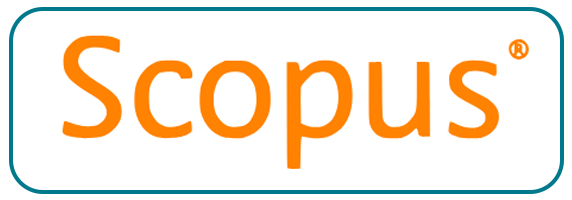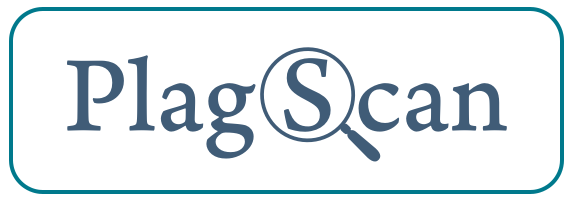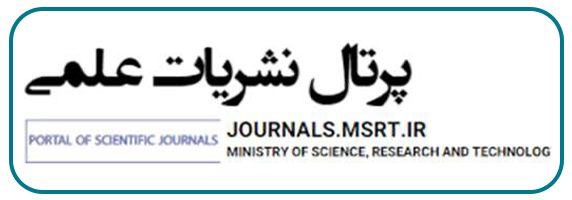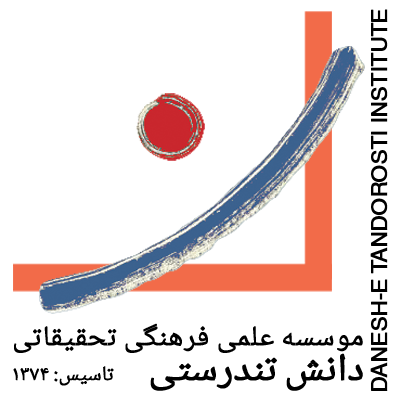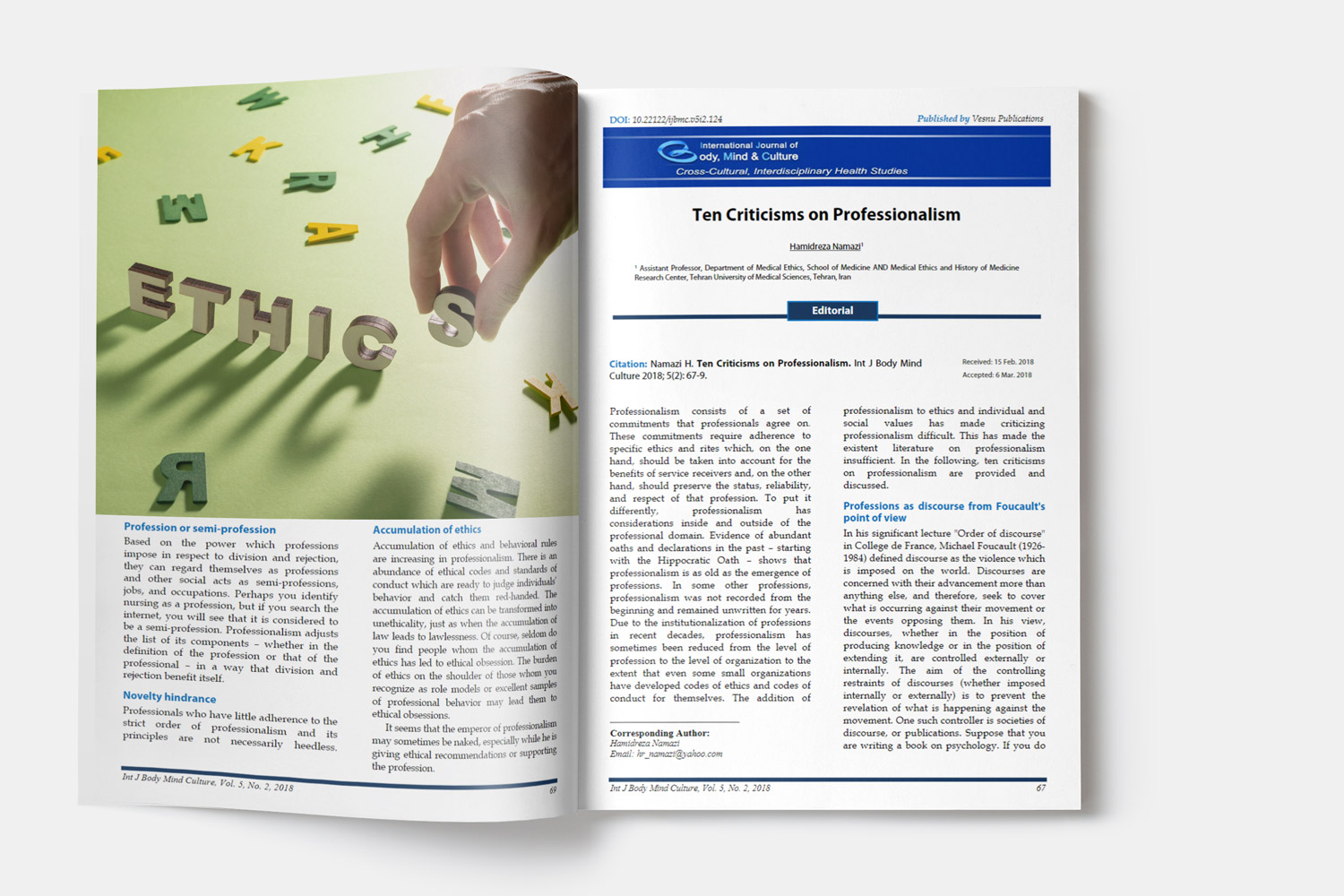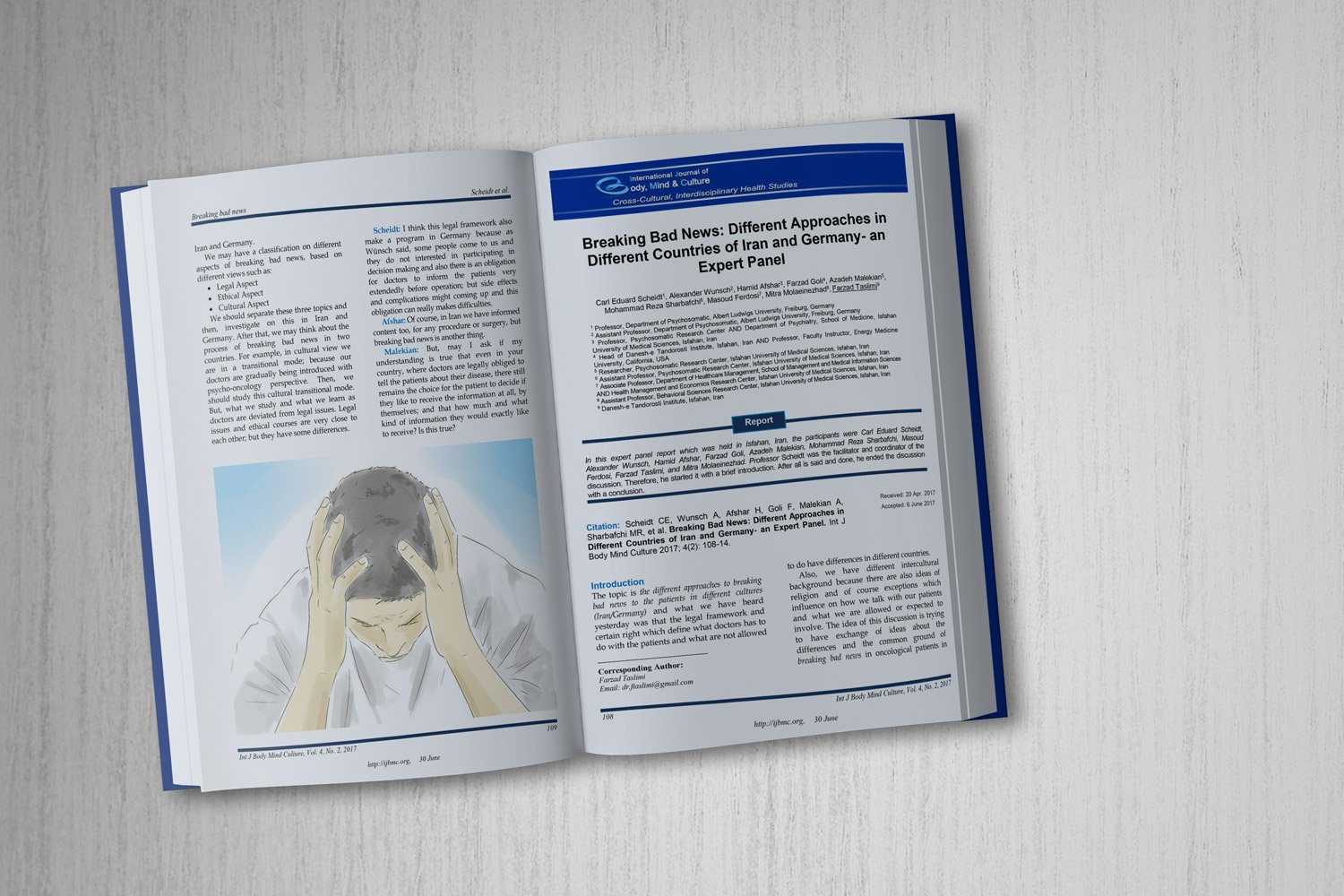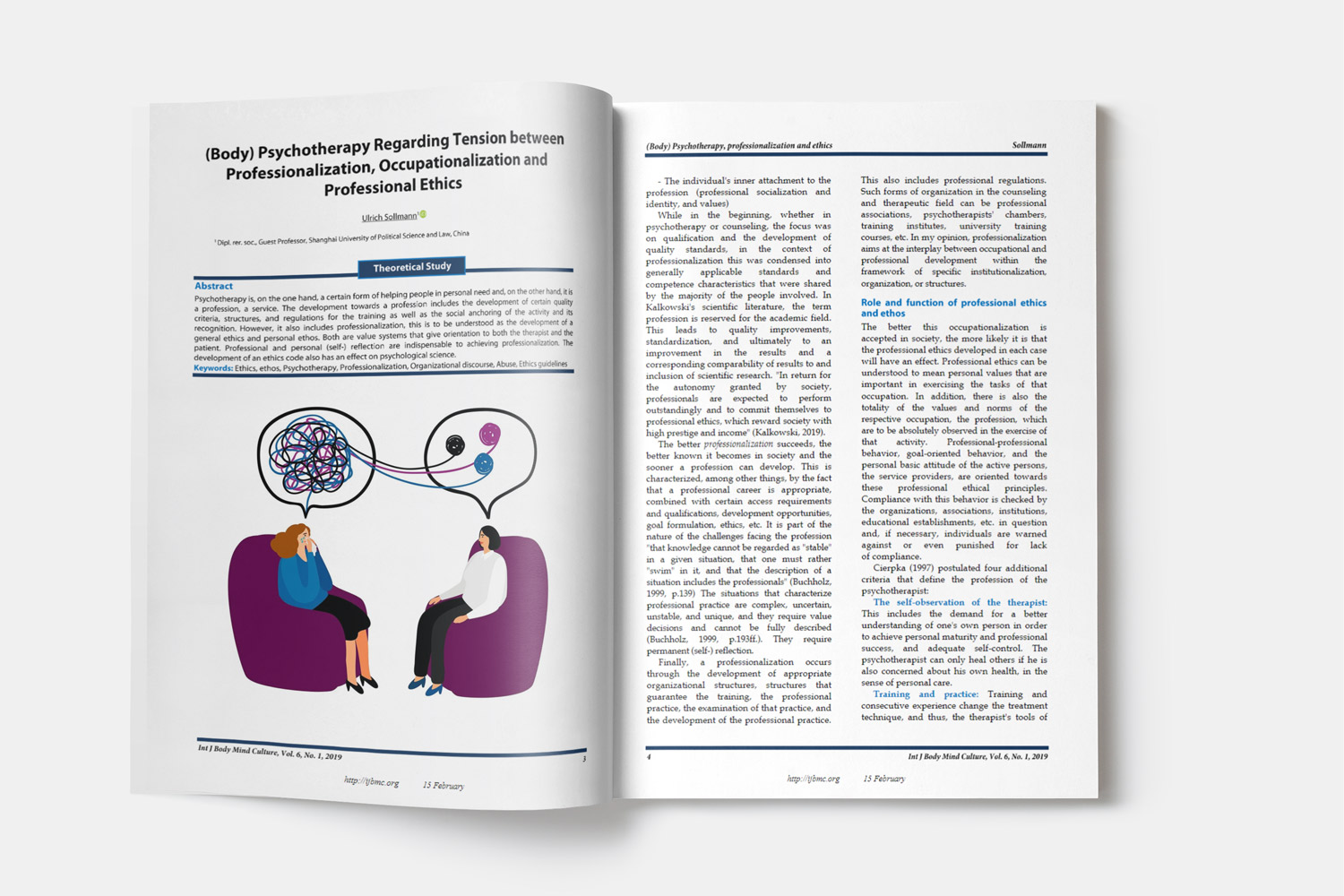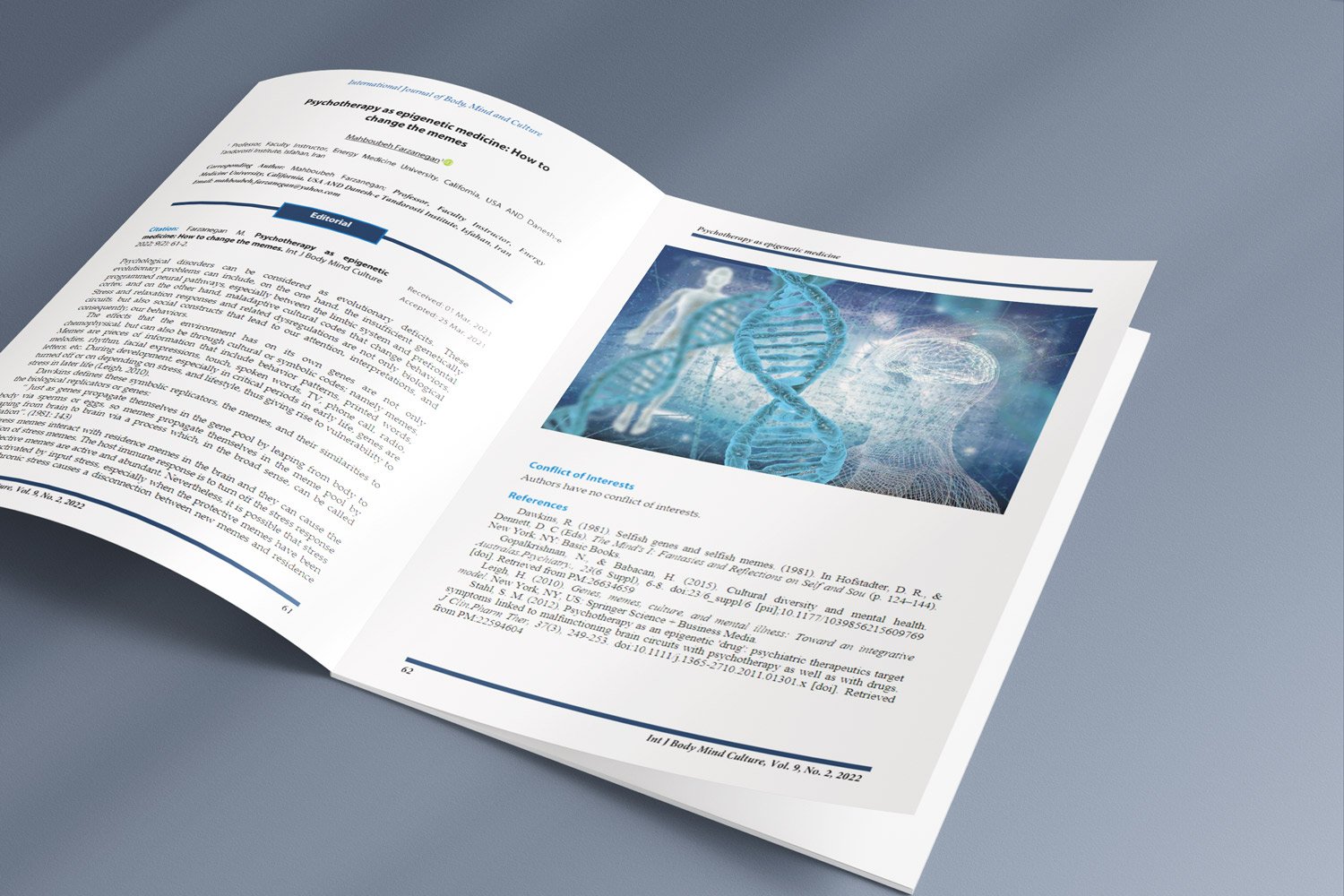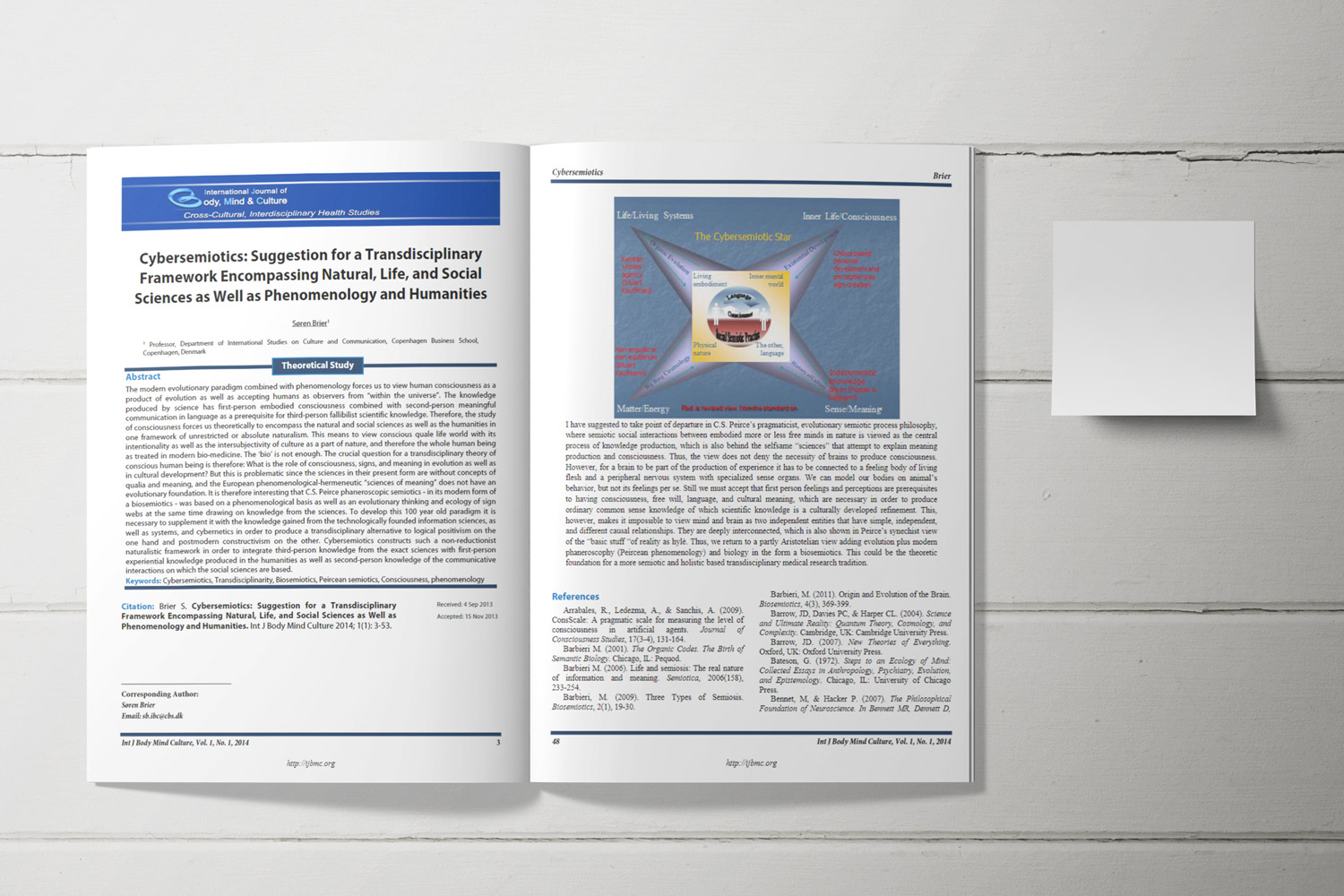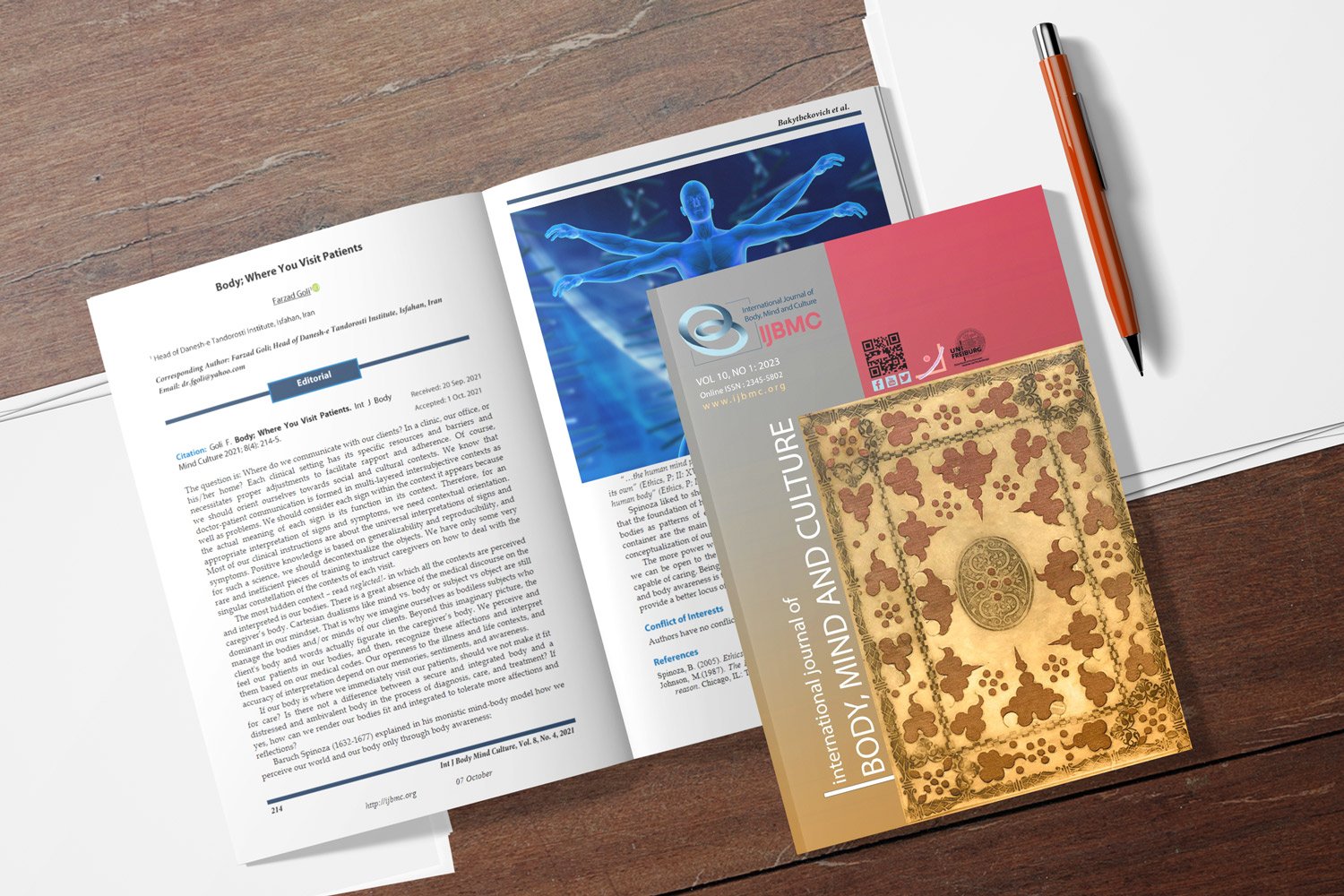The Effect of a Storytelling Course on Medical Students' Empathy toward Patients
Downloads
Background: Empathy is a cognitive characteristic defined as the ability to understand people's experiences, interests, and viewpoints and the capacity to share this understanding. Empathy constitutes the foundation for the patient-physician relationship, leading to both the patients' and physicians' satisfaction, and is effective on the patients' cooperation and clinical outcomes. Many studies have shown that the level of empathy decreases in students during their clinical course. Learning literature and art is theoretically one of the methods to increase empathy in clinical environments. We aimed to assess the efficacy of storytelling on medical students' empathy toward patients.
Methods: This quasi-experimental study with a nonequivalent group pretest-posttest design was performed during 2010-2011 in Zahedan, southeast Iran. We initially invited all fourth and fifth-year medical students studying at Zahedan University of Medical Sciences to participate in our study. The volunteers were asked to complete the Persian version of the Jefferson Scale of Physician Empathy-students version (JSPE-S) plus questions regarding their demographic data and the field in which they would like to continue their education. The case group was enrolled in 10 sessions of storytelling, each lasting for 2 hours. Part of a book was initially selected by the researcher and the students were unaware of the story. The participants then discussed the story recited by the researcher.
Results: After the intervention, a decrease was observed in the mean of JSPE-S score of the control group, and an increase in the mean score of the case group. The participants did not differ significantly in terms of sex, age, duration of training course, and intended field of study. We found that the empathy score was not significantly related to the participants' sex (p = 0.086), duration of training course (p = 0.210), age (p = 0.902), and tendency to study in different fields (p = 0.815).
Conclusion: Storytelling courses are possibly effective both in maintaining the level of medical students' empathy toward patients and in preventing the reduction of empathy during their education.
Downloads
Acuna, L. E. (2000). Don't cry for us Argentinians: two decades of teaching medical humanities. Med Humanit., 26(2), 66-70. Retrieved from PM:12068907
Bellini, L. M., Baime, M., & Shea, J. A. (2002). Variation of mood and empathy during internship. JAMA., 287(23), 3143-3146. doi:jrf10011 [pii]. Retrieved from PM:12069680
Bellini, L. M., & Shea, J. A. (2005). Mood change and empathy decline persist during three years of internal medicine training. Acad.Med, 80(2), 164-167. doi:80/2/164 [pii]. Retrieved from PM:15671323
Chen, D., Lew, R., Hershman, W., & Orlander, J. (2007). A cross-sectional measurement of medical student empathy. J Gen.Intern.Med, 22(10), 1434-1438. doi:10.1007/s11606-007-0298-x [doi]. Retrieved from PM:17653807
Hardee, J. T. (2003). An overview of empathy. The Permanente Journal, 7(4), 51-55.
Harsch, H. H. (1989). The role of empathy in medical students' choice of specialty. Acad.Psychiatry., 13(2), 96-98. doi:10.1007/BF03341267 [doi]. Retrieved from PM:24431039
Hojat, M., Mangione, S., Gonnella, J. S., Nasca, T., Veloski, J. J., & Kane, G. (2001). Empathy in medical education and patient care. Acad.Med, 76(7), 669. Retrieved from PM:11448817
Hojat, M., Gonnella, J. S., Nasca, T. J., Mangione, S., Veloksi, J. J., & Magee, M. (2002). The Jefferson Scale of Physician Empathy: further psychometric data and differences by gender and specialty at item level. Acad.Med, 77(10 Suppl), S58-S60. Retrieved from PM:12377706
Hojat, M., Gonnella, J. S., Nasca, T. J., Mangione, S., Vergare, M., & Magee, M. (2002). Physician empathy: definition, components, measurement, and relationship to gender and specialty. Am J Psychiatry., 159(9), 1563-1569. Retrieved from PM:12202278
Hojat, M., Gonnella, J. S., Mangione, S., Nasca, T. J., Veloski, J. J., Erdmann, J. B. et al. (2002). Empathy in medical students as related to academic performance, clinical competence and gender. Med Educ., 36(6), 522-527. doi:1234 [pii]. Retrieved from PM:12047665
Hojat, M., Mangione, S., Nasca, T. J., Rattner, S., Erdmann, J. B., Gonnella, J. S. et al. (2004). An empirical study of decline in empathy in medical school. Med Educ., 38(9), 934-941. doi:10.1111/j.1365-2929.2004.01911.x [doi];MED1911 [pii]. Retrieved from PM:15327674
Hojat, M., Mangione, S., Nasca, T. J., Gonnella, J. S., & Magee, M. (2005). Empathy scores in medical school and ratings of empathic behavior in residency training 3 years later. J Soc Psychol, 145(6), 663-672. doi:10.3200/SOCP.145.6.663-672 [doi]. Retrieved from PM:16334513
Hojat, M. (2009). Ten approaches for enhancing empathy in health and human services cultures. J Health Hum.Serv.Adm., 31(4), 412-450. Retrieved from PM:19385420
Kumagai, A. K. (2008). A conceptual framework for the use of illness narratives in medical education. Acad.Med, 83(7), 653-658. doi:10.1097/ACM.0b013e3181782e17 [doi];00001888-200807000-00009 [pii]. Retrieved from PM:18580082
Lancaster, T., Hart, R., & Gardner, S. (2002). Literature and medicine: evaluating a special study module using the nominal group technique. Med Educ., 36(11), 1071-1076. doi:1325 [pii]. Retrieved from PM:12406268
Mangione, S., Kane, G. C., Caruso, J. W., Gonnella, J. S., Nasca, T. J., & Hojat, M. (2002). Assessment of empathy in different years of internal medicine training. Med Teach., 24(4), 370-373.doi:10.1080/01421590220145725 [doi]. Retrieved from PM:12193318
Newton, B. W., Savidge, M. A., Barber, L., Cleveland, E., Clardy, J., Beeman, G. et al. (2000). Differences in medical students' empathy. Acad.Med, 75(12), 1215. Retrieved from PM:11112725
Oatley K. (2004). Scripts, transformations, and suggestiveness of emotions in shakespeare and chekhov. Rev Gen Psychol, 8 (4), 323-340.
Shapiro, J., Morrison, E., & Boker, J. (2004). Teaching empathy to first year medical students: evaluation of an elective literature and medicine course. Educ.Health (Abingdon.), 17(1), 73-84. doi:10.1080/13576280310001656196 [doi];FN1UEGJY2UW9T39V [pii]. Retrieved from PM:15203476
Shariat, S. V., Eshtad, E., & Ansari, S. (2010). Empathy and its correlates in Iranian physicians: A preliminary psychometric study of the Jefferson Scale of Physician Empathy. Med Teach., 32(10), e417-e421. doi:10.3109/0142159X.2010.498488 [doi]. Retrieved from PM:20854147
Sherman, J. J., & Cramer, A. (2005). Measurement of changes in empathy during dental school. J Dent.Educ., 69(3), 338-345. doi:69/3/338 [pii]. Retrieved from PM:15749944
Zagier, A. S. Book clubs for doctors show human side of medicine. The Guardian home. Available from: http://www.guardian.co.uk/world/feedarticle/8985949. Accessed 2012 Mar 12.

This work is licensed under a Creative Commons Attribution-NonCommercial 4.0 International License.

